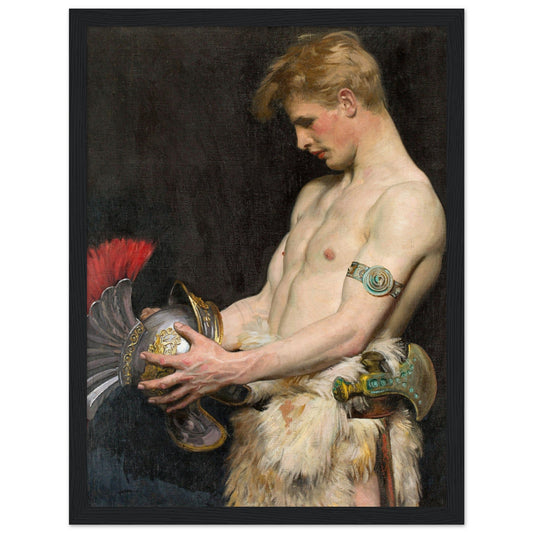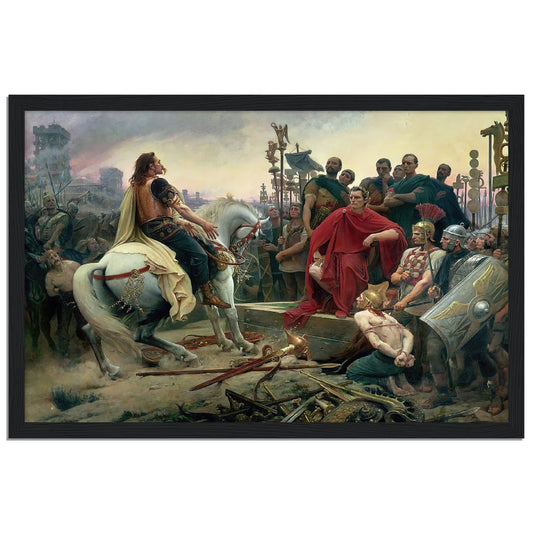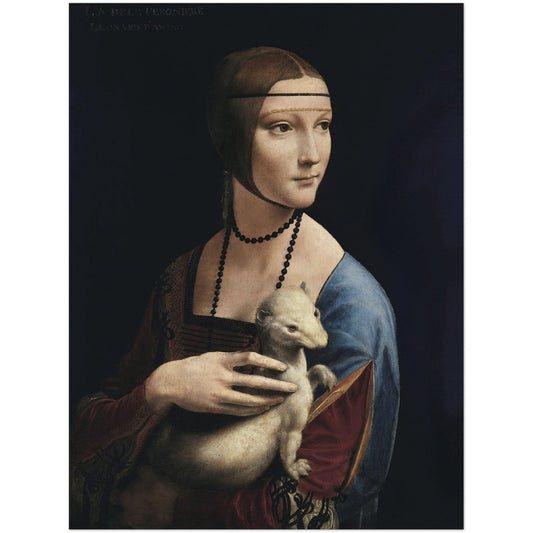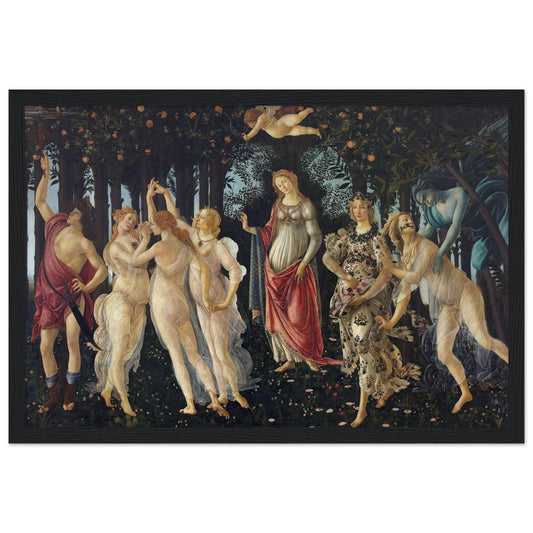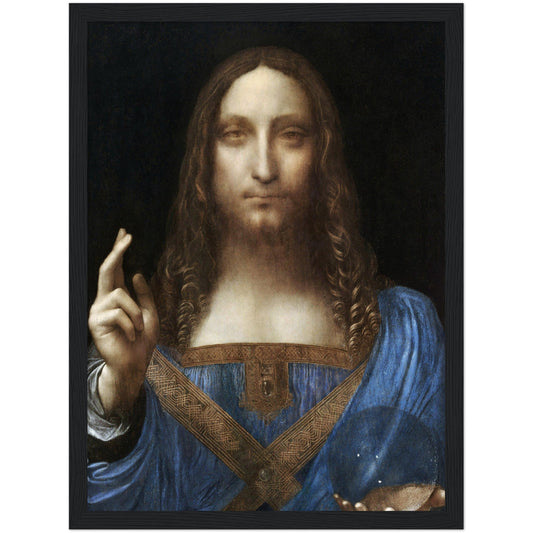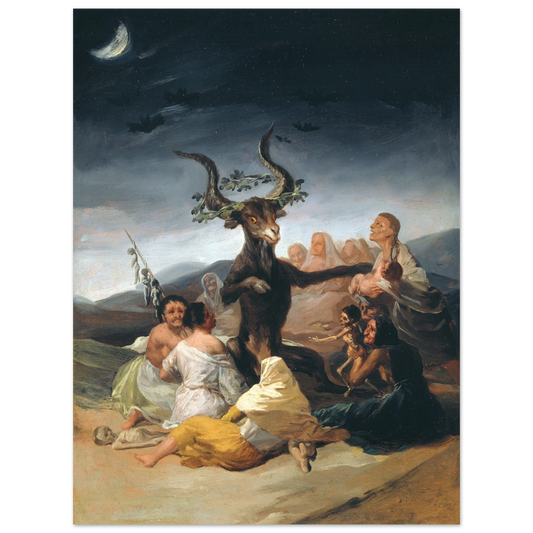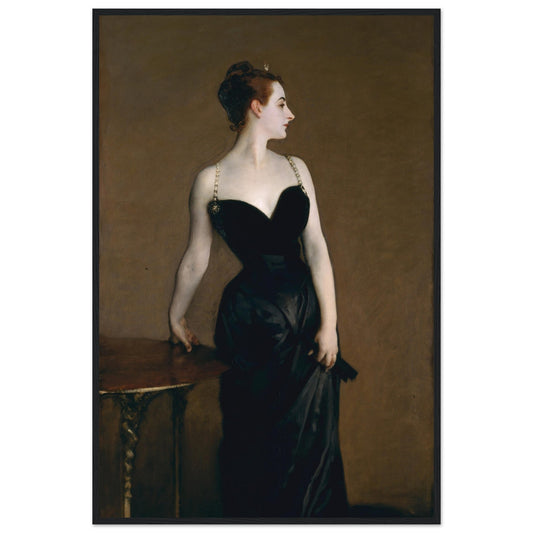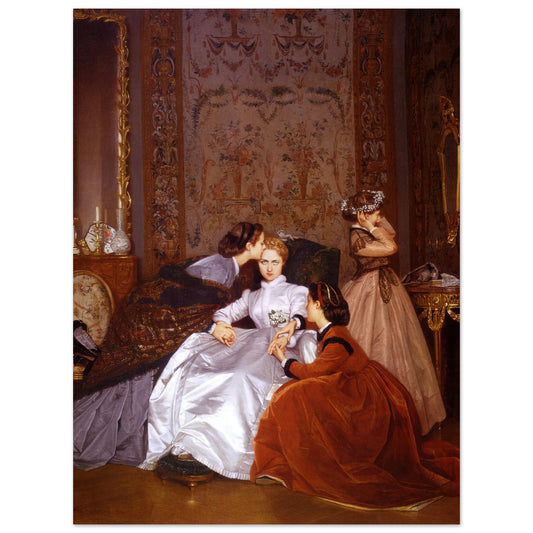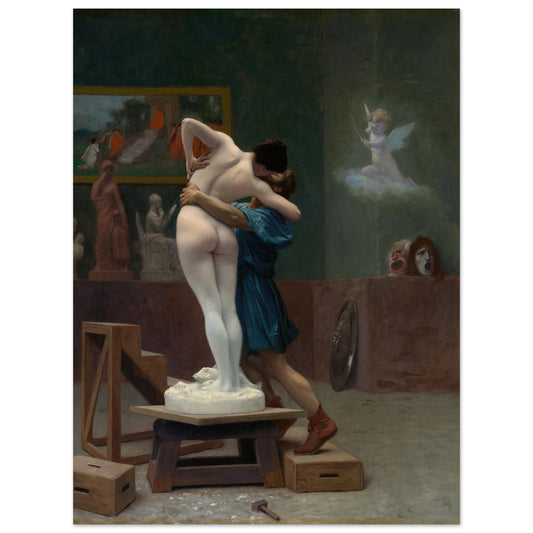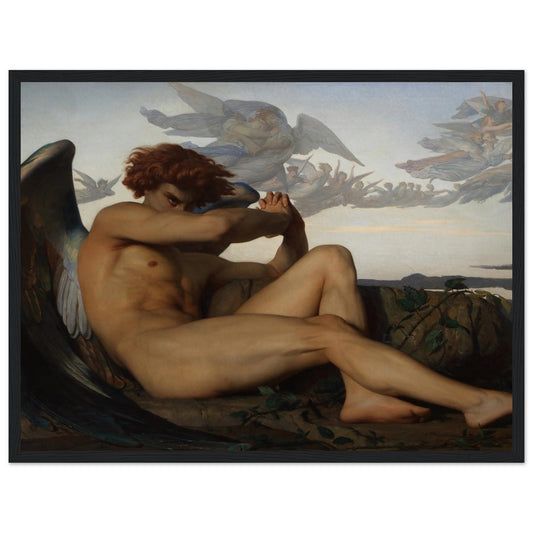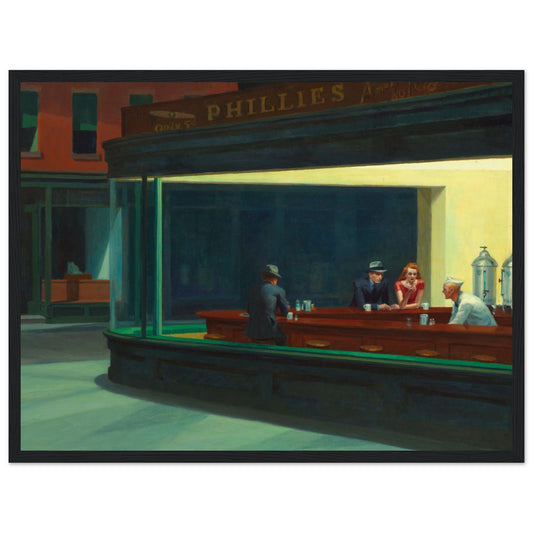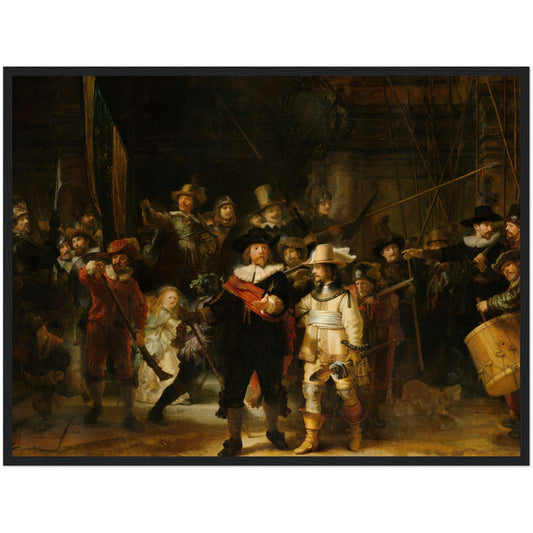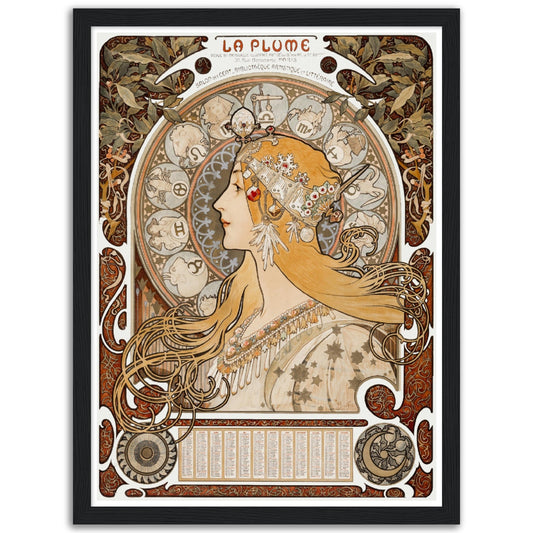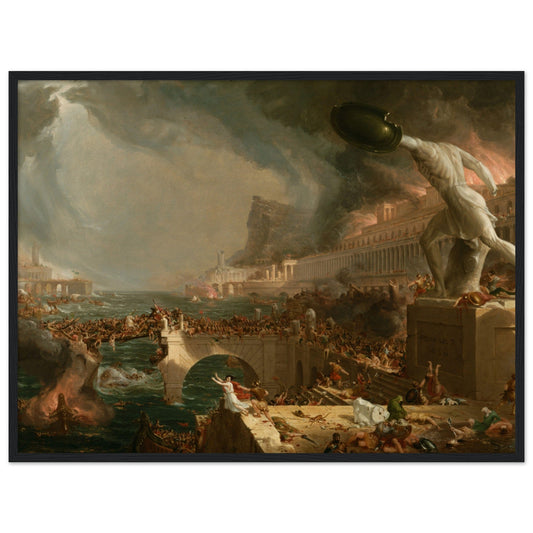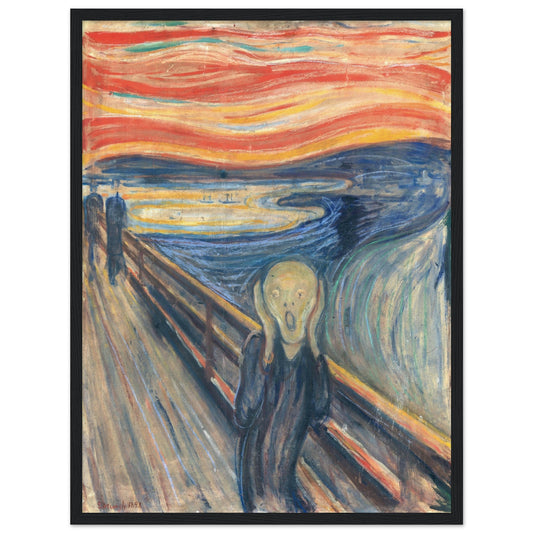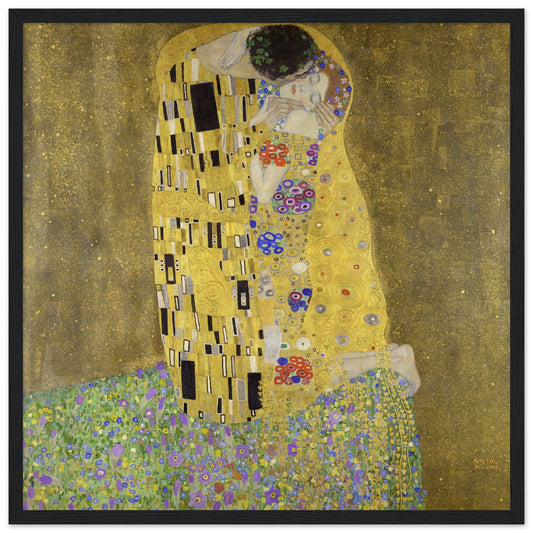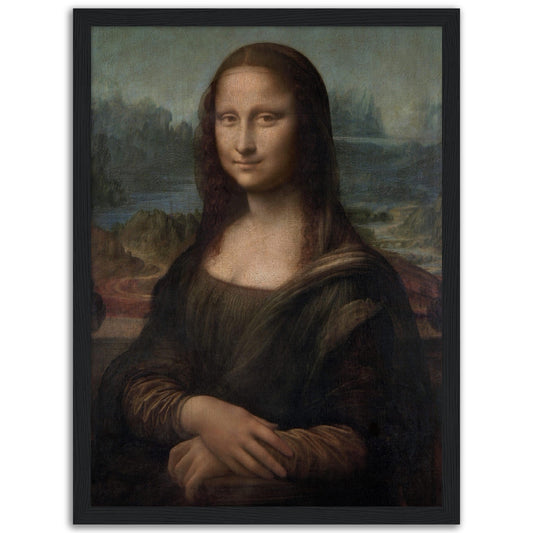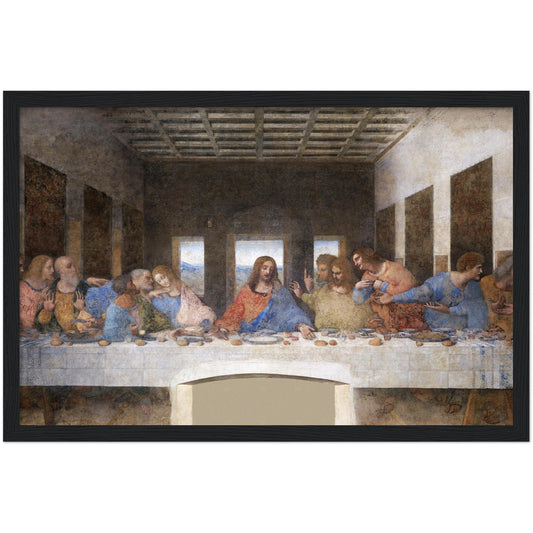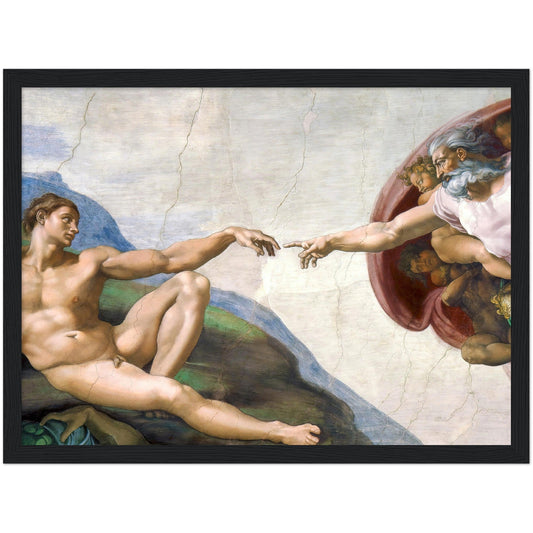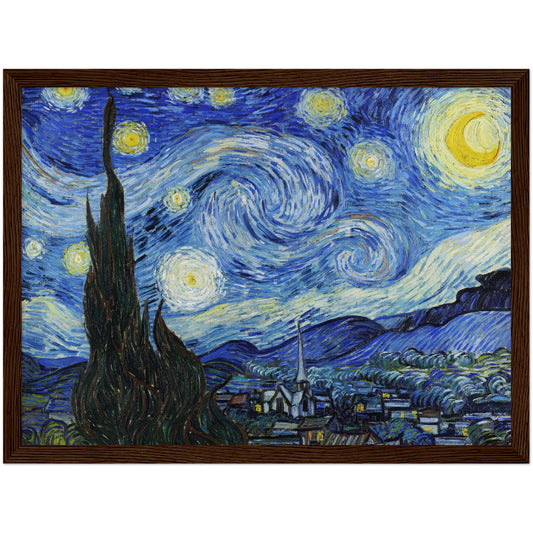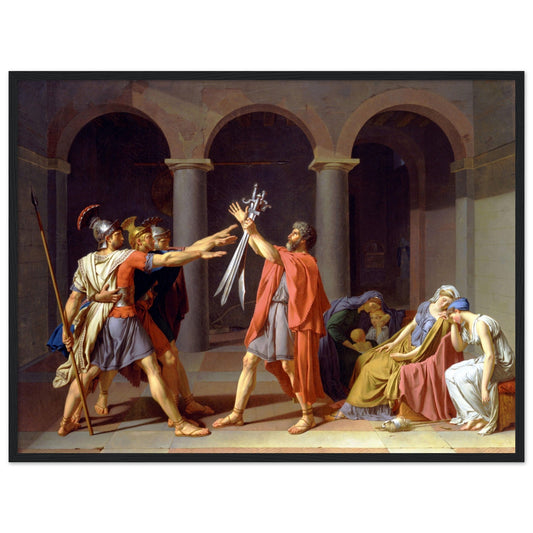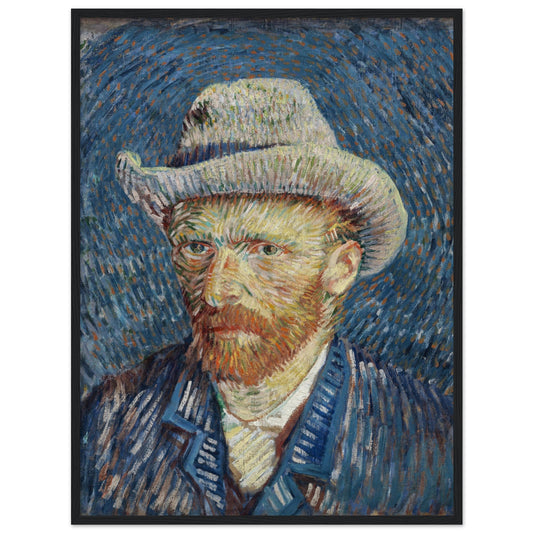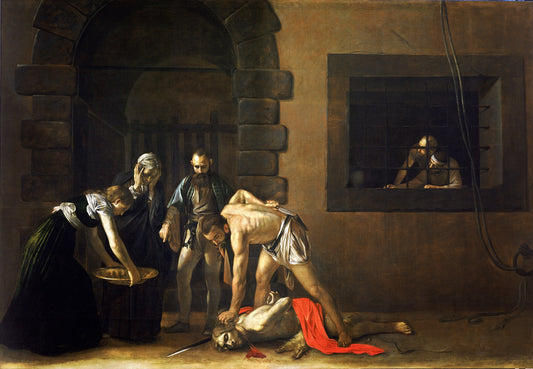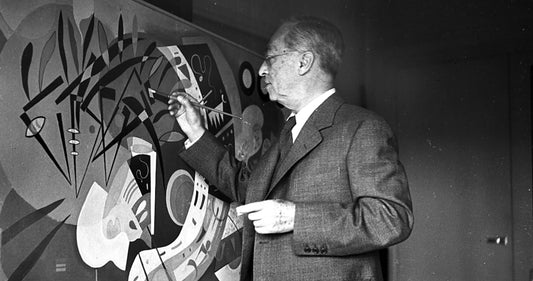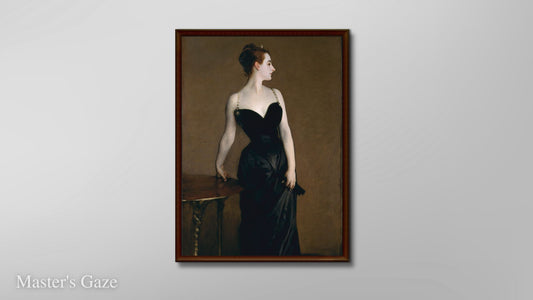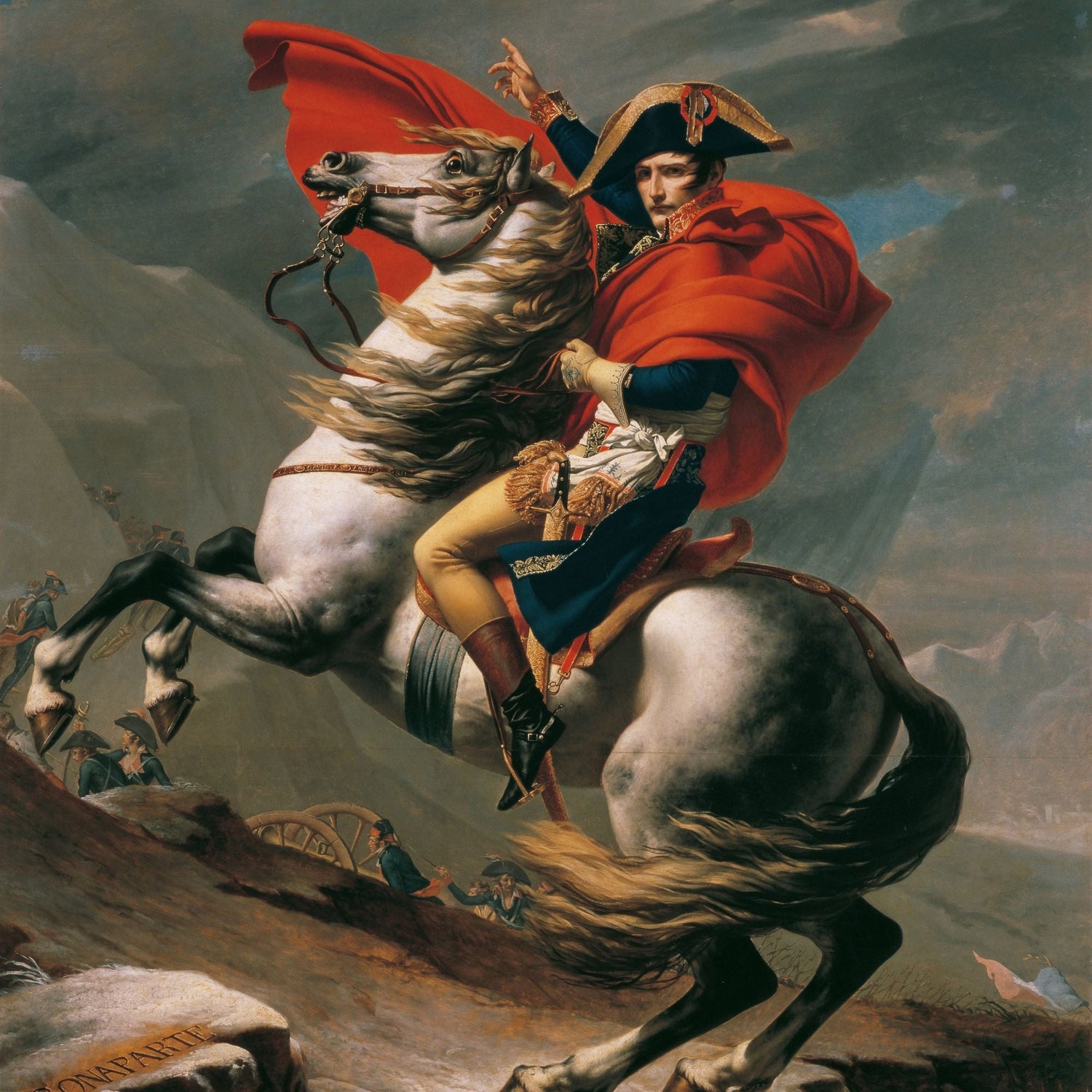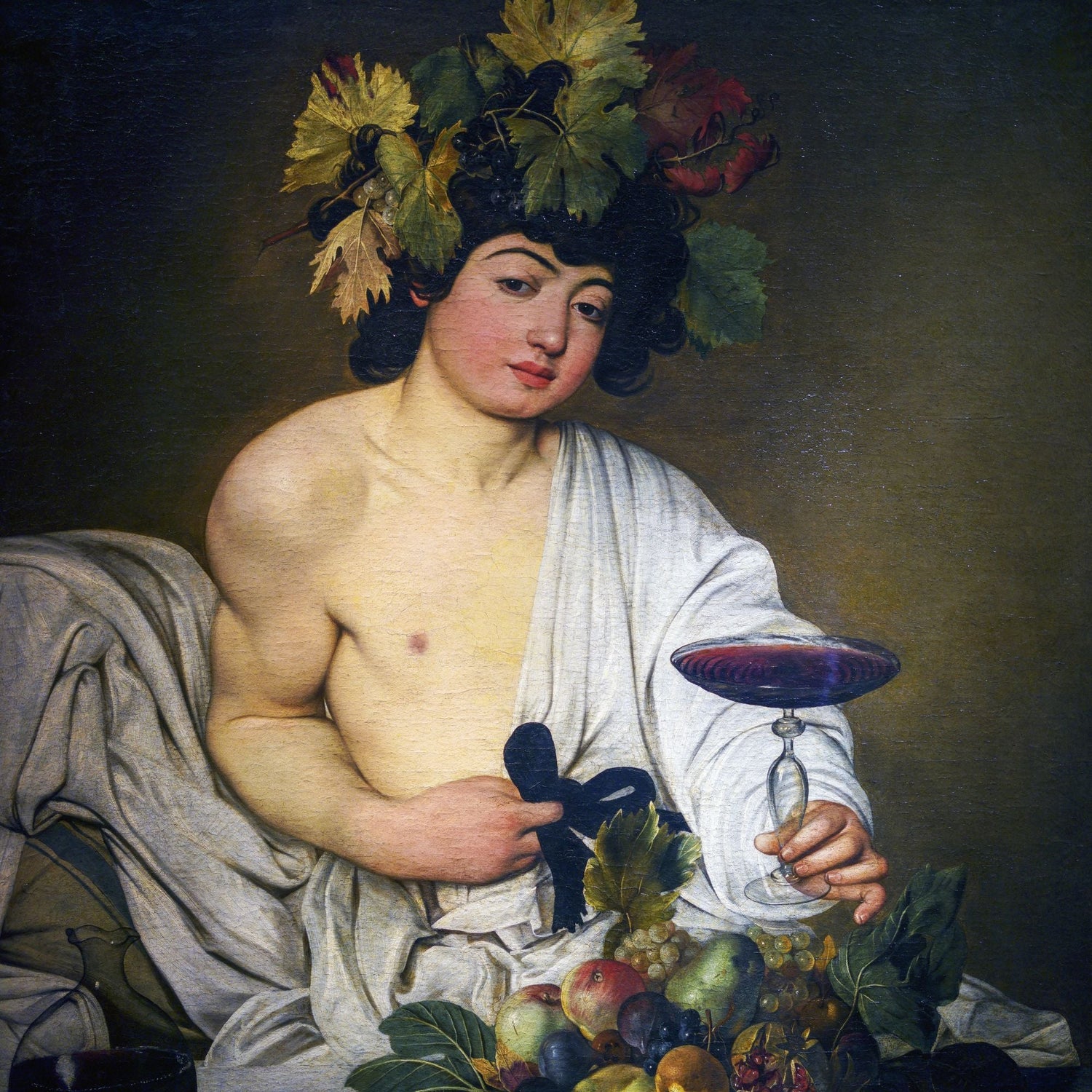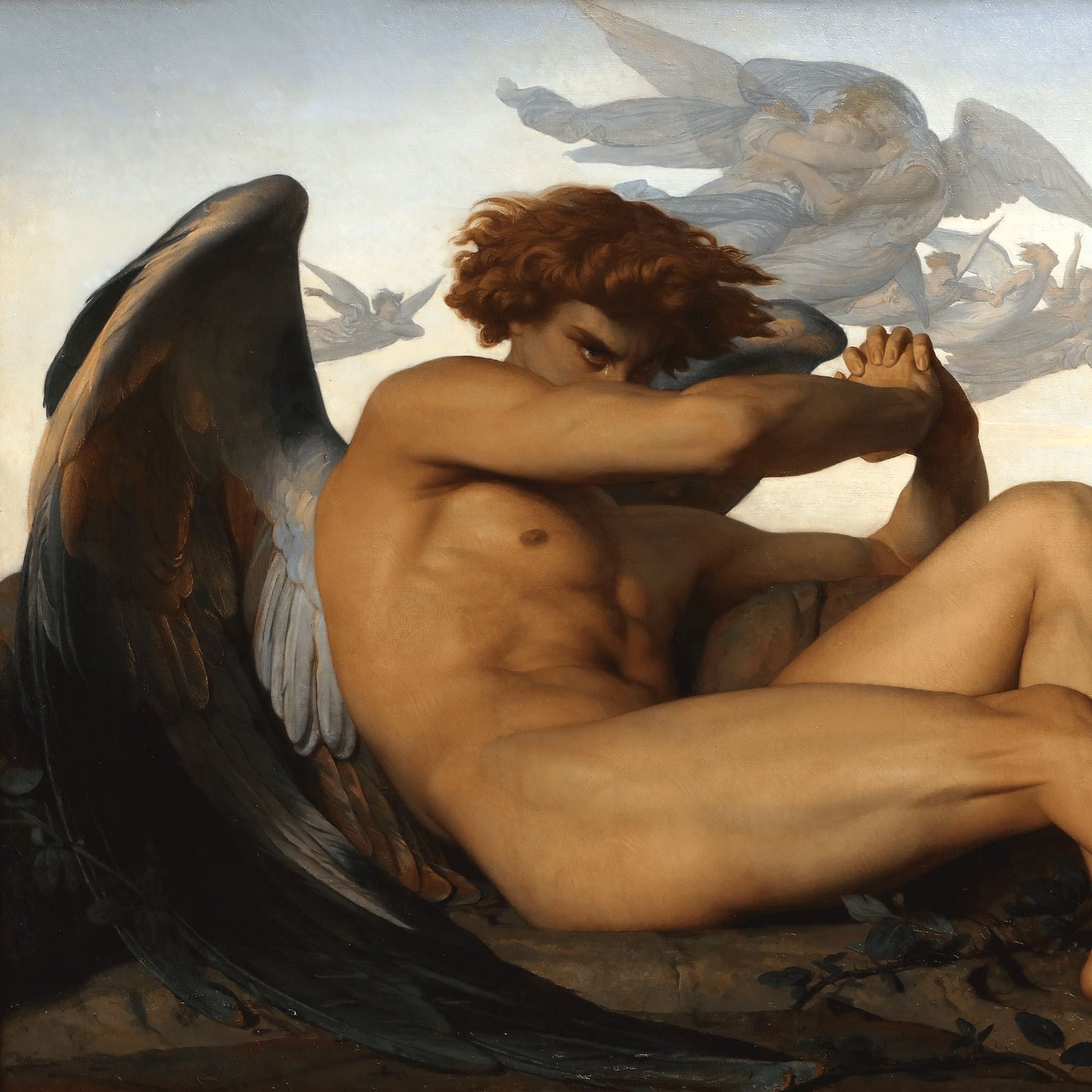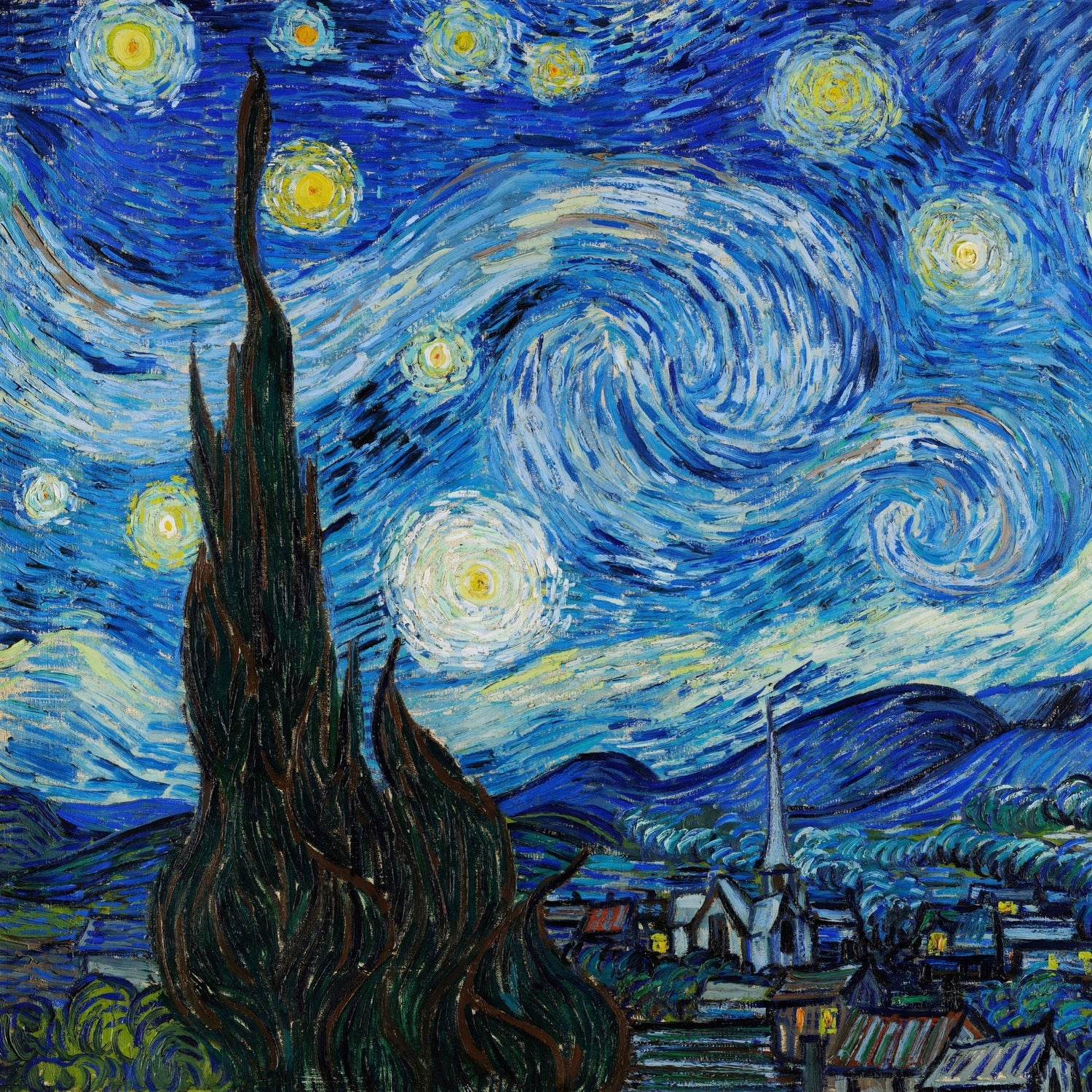Check the entire video on youtube: https://youtu.be/LAa3-55ERi0
Table of content
THE MYSTERIOUS BACKGROUND
THE REDISCOVERY
THE COMPOSITION
THE RESTORATION
THE SIGNIFICANCE
The "Salvator Mundi" is one of the most mysterious and controversial paintings in the art world. Its attribution to Leonardo da Vinci has been a topic of debate since it was rediscovered in 2005. Some experts have questioned whether the painting is actually the work of Leonardo, while others have raised concerns about the extensive restoration that the painting underwent before being unveiled to the public in 2011. Additionally, the painting's provenance is shrouded in mystery, with its whereabouts during the centuries it was lost unknown.
What are the origins of Salvator Mundi? Let’s try to discover more about this painting.
THE MYSTERIOUS BACKGROUND
The "Salvator Mundi" was painted around 1500 and depicts Jesus Christ holding a crystal orb in his left hand while his right hand is raised in a gesture of blessing. The painting's history is mysterious, with its original commissioning unknown. It first appeared in the collection of King Charles I of England in the 17th century, who was a known collector of art. With the king's beheading, his collections were largely dispersed at auction. A Salvator Mundi of the Leonardo school reappeared in the nineteenth century in the collections of Sir Francis Cook, who then sold it to the Baron de Lairenty and subsequently to the Marquis de Ganay, in Paris.
THE REDISCOVERY
It was finally rediscovered in 2005, in a small auction house in Louisiana, where it was being sold as a copy of a lost Leonardo.
in 2010 it was taken to the National Gallery where Nicholas Penny, the director, invited four experts to evaluate it: The opinions were all positive, so it was decided to proceed with the restoration and to exhibit the work in the great monographic exhibition on Leonardo which was held at the London museum on 9 November 2011.
The painting underwent extensive restoration before being unveiled to the public in 2011, and it immediately caused controversy among art experts. Some experts have questioned whether the painting is actually the work of Leonardo. The attribution has so far been confirmed by four international experts, with unanimous opinions, but has been contested by other specialists such as Carmen Bambach, Michael Daley, Jacques Franck, Charles Hope, Carlo Pedretti, Charles Robertson, and Frank Zöllner.
In November 2017 at a cost of $450.3 million, the painting was sold, making it the most expensive artwork in history purchased by a private individual.[5]
THE COMPOSITION
The "Salvator Mundi" follows many of the conventions of Renaissance portraiture, with the figure of Christ shown in half-length against a neutral background, he raises his right hand to bless, and with the left, he holds the orb, a symbol of his universal power.
The use of sfumato gives the figure a sense of depth and three-dimensionality, while the crystal orb held by Christ is a striking and mysterious feature of the painting. Some have interpreted the orb as a symbol of the world, while others believe it represents the power of Christ over the world.
THE RESTORATION
When the work arrived at the restorers of the National Gallery it was in a very bad state, stained by ancient repaints and varnishes which gave the impression of being faced with a workshop work. Beard and mustache, absent in the painting below, were perhaps added after the Counter-Reformation to adapt the image of Christ to the "official" physiognomy. During the restoration, a pictorial quality far exceeding expectations emerged with a chromatic richness that is entirely comparable, according to Pietro Marani, to that of the Last Supper: the blues and reds of the drapery would be particularly rich. Comparison with Virgin of the Rocks pigments from the National Gallery yielded positive results regarding compatibility. Finally, reflectography and scientific analysis would confirm the analogy with the preparatory drawings
THE SIGNIFICANCE
The "Salvator Mundi" is significant for several reasons. It is a rare surviving example of a painting by Leonardo da Vinci, one of the greatest artists of all time. The painting's subject matter - a portrait of Jesus Christ - is also significant, as Christ is one of the most important figures in Western religion and culture. Despite the controversies and debates surrounding the painting, the "Salvator Mundi" remains a powerful and iconic work of art that continues to fascinate and intrigue viewers today.

